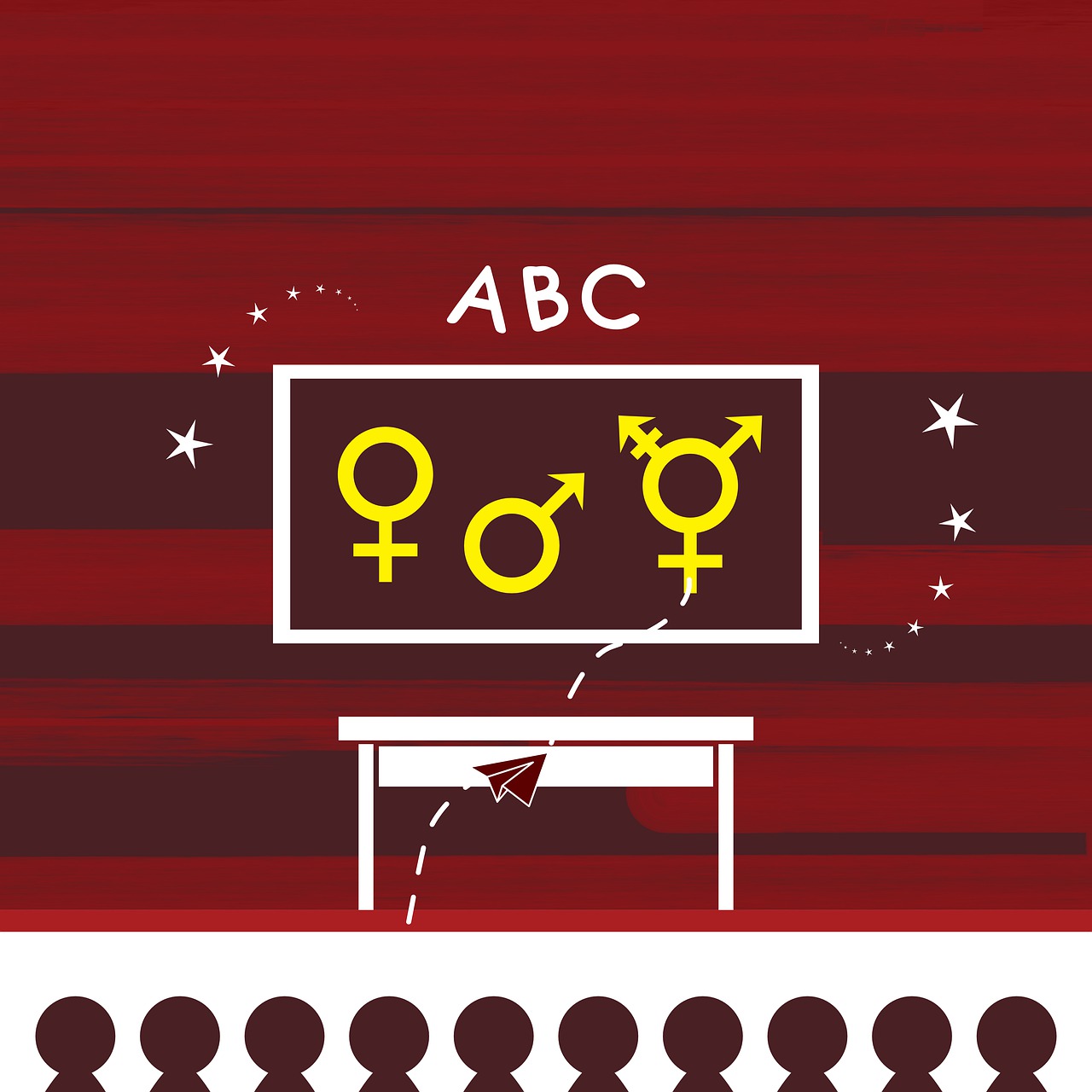How You Will Benefit
A survey by Korn/Ferry International found that more than 2 million people leave their jobs each year because of unfairness in the workplace, costing employers an estimated $64 billion a year in hiring costs. In addition, people of color were three times more likely than white heterosexual males to say unfairness was the reason they quit their jobs.
What is the source of unfair treatment and differences among people in organizations? Traditional diversity awareness programs have focused on the treatment of women and minorities. However, differences arise from a host of other traits as well, including age, sexual orientation, religious beliefs, physical abilities, educational background, whether someone has children, even being an engineer versus being a salesperson. These traits or “profiles” cause people to make inaccurate assumptions, create separation, and, yes, treat people unfairly. The goal of diversity awareness is to promote an inclusive work environment.
Course Objectives
Successful completion of this course will increase your ability to:
•Understand the subtle ways that bias occurs.
•Identify instances of devaluing others through small, subconscious behaviors and micro-inequities.
•Establish a framework to increase inclusion at the organizational level.
•Recognize different ways of conveying respect.
•Address conflict productively and respectfully.
•Lead by example and be part of the solution.
Key Topics Covered
This course explores the following subjects in depth:
•The problem that exists within the historical approach to diversity training and the solution
•How to recognize and overcome a fundamental attribution error
•Examples of micro-affirmations which help to compensate for micro-inequities and make others feel valued.
What employee and manager behaviors to exhibit and how to restructure workplace design to create a framework for inclusion in an organization
•Recognizing what respect means to each individual and how to communicate according to five specific categories of respect
•Behaviors and perspectives necessary for successful and respectful conflict resolution before, during, and after the resolution process
•Exhibiting behaviors that influence others to be part of the solution
•How to give and receive feedback on negative behavior in a respectful manner
•Understanding ways to surpass barriers and seek personal growth
What the Course Offers
•Interactive learning setting
•Opportunity to apply the concepts in a risk-free environment
•Thorough set of materials: Instructor Guide,Participant Guide, classroom Power Pointpresentation, and one-page Learning Summary






